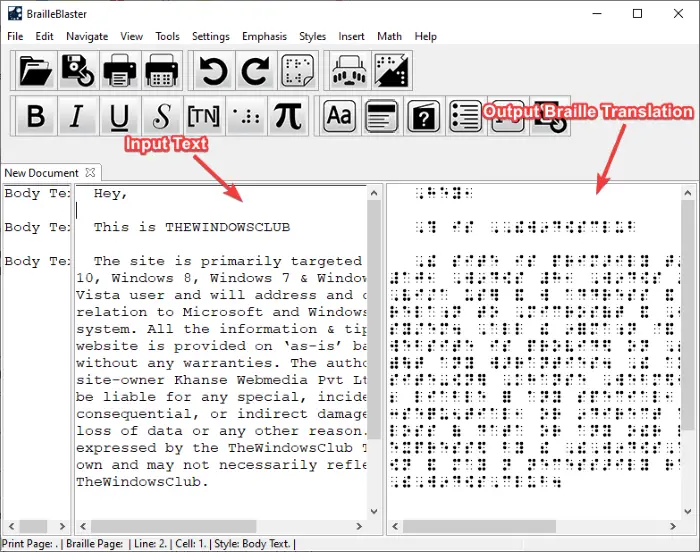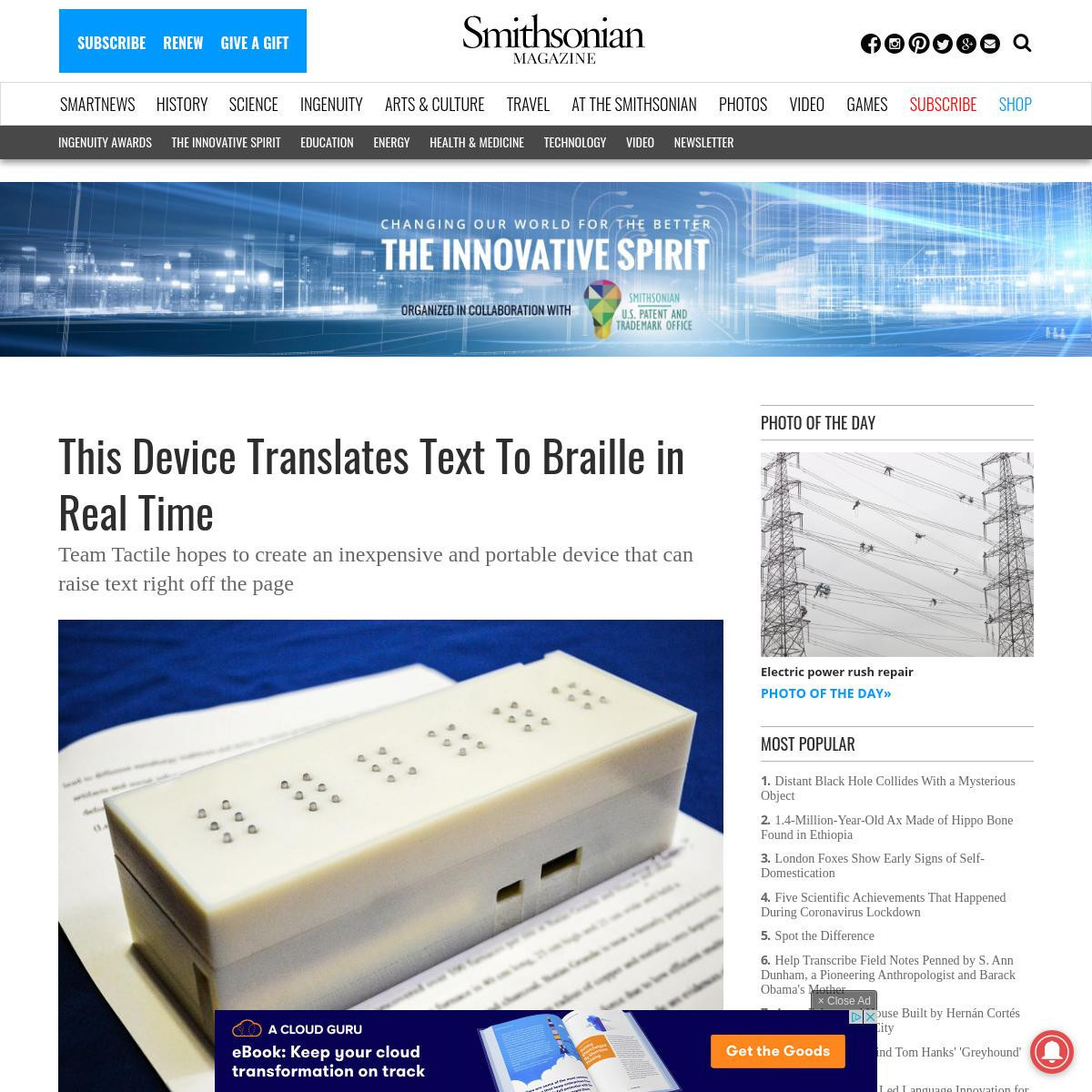

Lin, T.-Y.: Microsoft COCO: common objects in context.

Levenshtein, V.I.: Binary codes capable of correcting deletions, insertions, and reversals. In: 2015 2nd World Symposium on Web Applications and Networking (WSWAN), pp. Isayed, S., Tahboub, R.: A review of optical braille recognition. Hinderks, A., Schrepp, M., Thomaschewski, J.: User experience questionaire (2020).

Hentzschel, T., Blenkhorn, P.: An optical reading system for embossed Braille characters using a twin shadows approach. In: Proceedings of the 34th International Conference on Machine Learning, vol. 189–194 (1996)ĭeng, Y., Kanervisto, A., Ling, J., Rush, A.M.: Image-to-markup generation with coarse-to-fine attention. In: Usability Evaluation in Industry, pp. For example, Arabic is written right-to-left, but Arabic braille is written left-to-right.Brooke, J., et al.: SUS: a quick and dirty usability scale. This convention is followed even for the languages that are written right-to-left. The following table shows the Unicode Braille characters representing various braille cells.īraille alphabet uses these cells ⠀ -Īs per the international convention, braille is always written in left-to-right direction. One or more braille cells may represent a letter, number, punctuation or a symbol. The braille script designed by Louis Braille uses tactile patterns made with six raised dots arranged in a 3 x 2 matrix, called the braille cell. Louis wrote the entire article being dictated from the newspaper in his newly developed script and then read it back word-to-word. His headmaster gave him a dictation to test his new script. It took him two years but, in 1824, he finally created the Braille script with a six-dot system, in 1824, just at the age of 15 years. Braille began working on a tactile script as an improvement over night writing. There he met Charles Barbier - the inventor of the night writing script (also a tactile script). Louis Braille studied at the Royal Institute for Blind Youth in Paris. Gradually, by the age of five, the Louis Braille lost sight in both of his eyes. Due to lack of antibiotics, soon, the infection spread to his other eye too. At the age of three, little Louis was playing in his father's workshop and he accidentally stuck a stitching awl in one of his eyes. Louis was born in Coupvray, France on 04 January 1809. Modern Braille script was invented by a French inventor named Louis Braille. Louis Braille: Inventor of the Braille Script This English to Braille Translation tool uses UEB to translate the English text both in Grade-1, Grade-2 braille and Braille ASCII. Such a scenario was threatening the braille-literacy as well as the viability of English braille itself. The need of UEB was felt because there were many specialized braille standards which conflicted with each in many ways. UEB was proposed to the Braille Authority of North America (BANA) in 1991. Unified English Braille (UEB) is a unified standard for English Braille. Grade-3 braille is essentially a personal shorthand used by some people. However, Grade-2 braille makes use of contractions in order to reduce the number of cells. Grade-1 braille goes letter-by-letter while transcribing a language. Braille is not a language - it is rather a script (alphabet) which can be used to write any language. English Braille is also known as the Grade-2 braille.


 0 kommentar(er)
0 kommentar(er)
